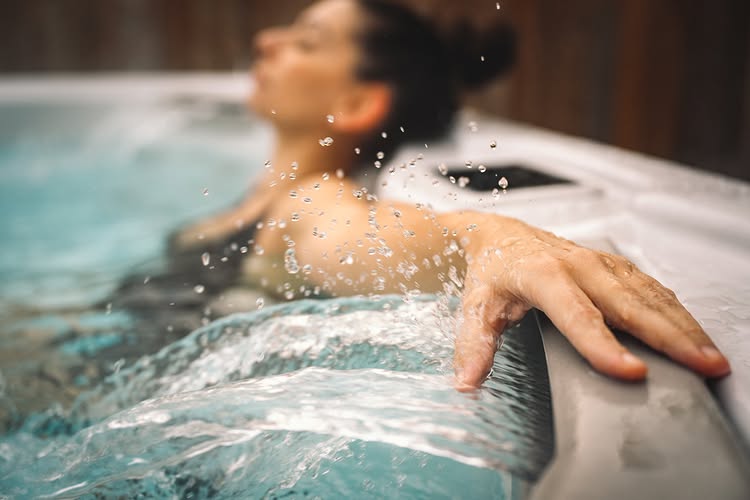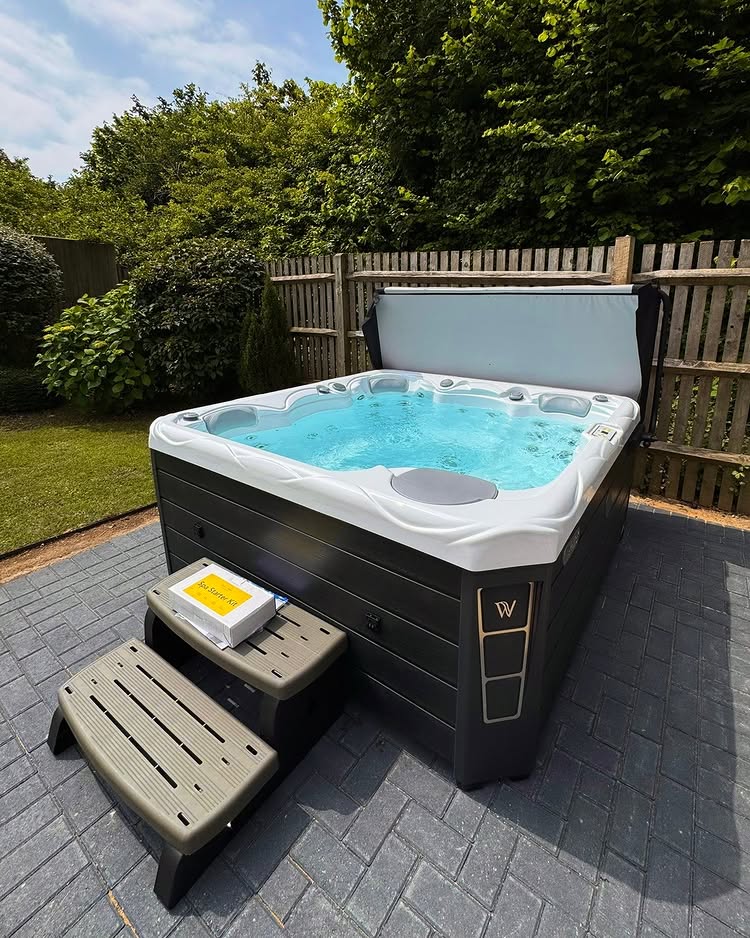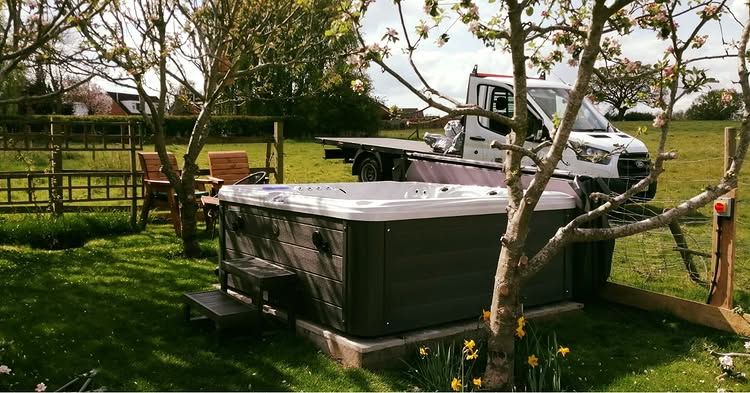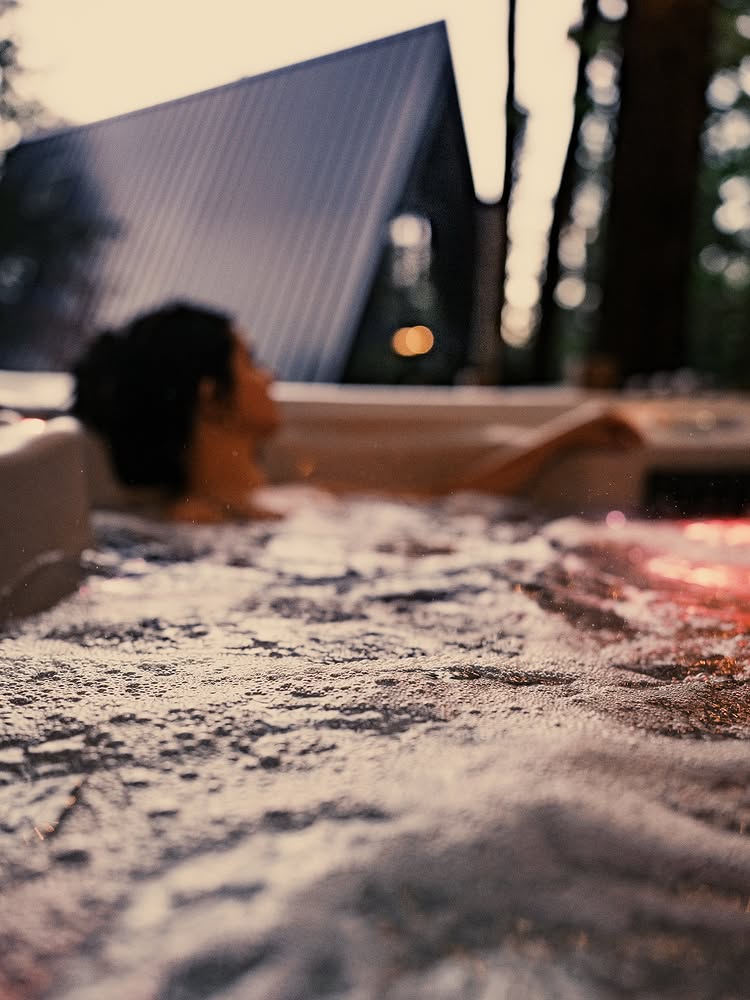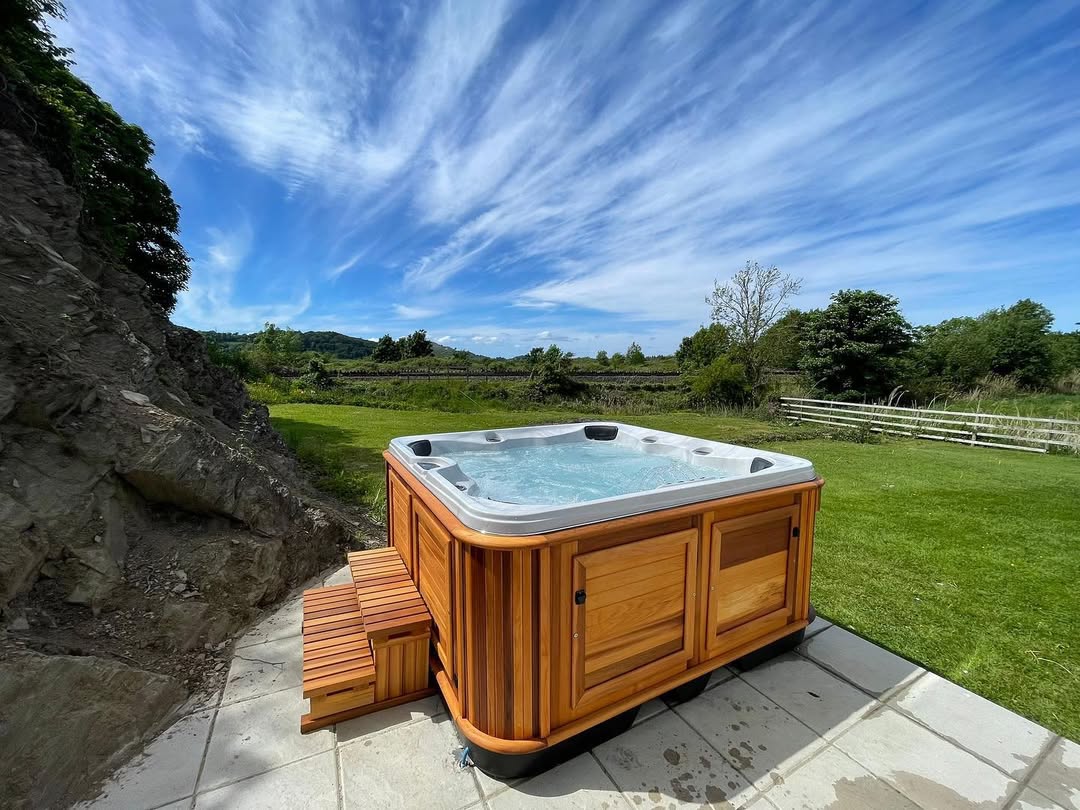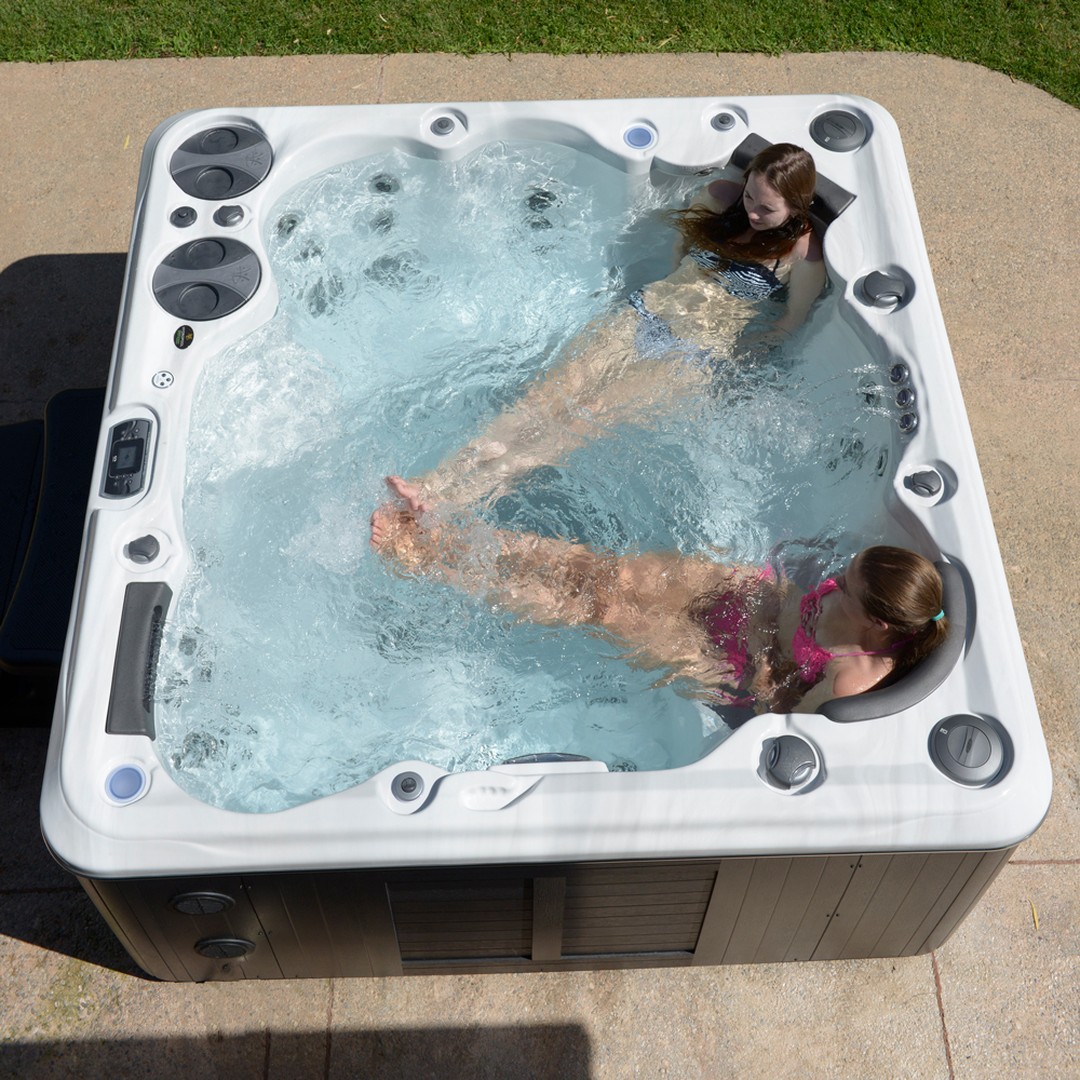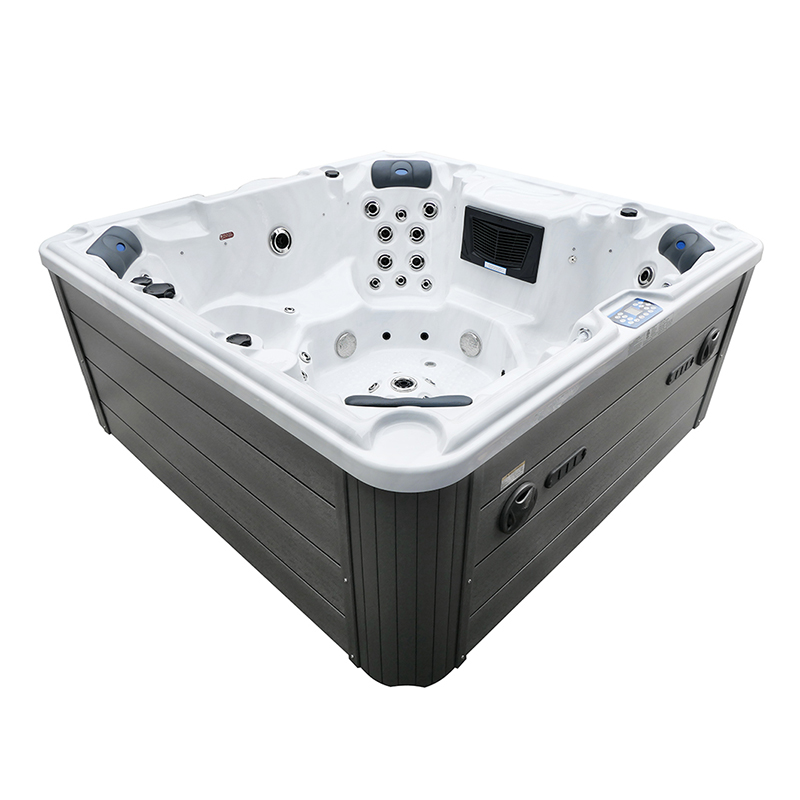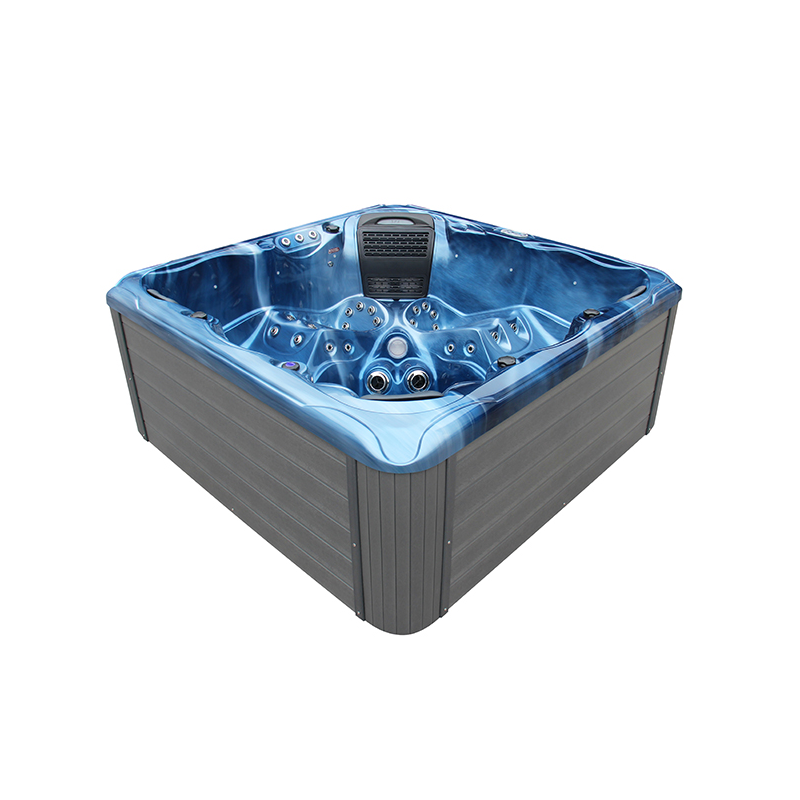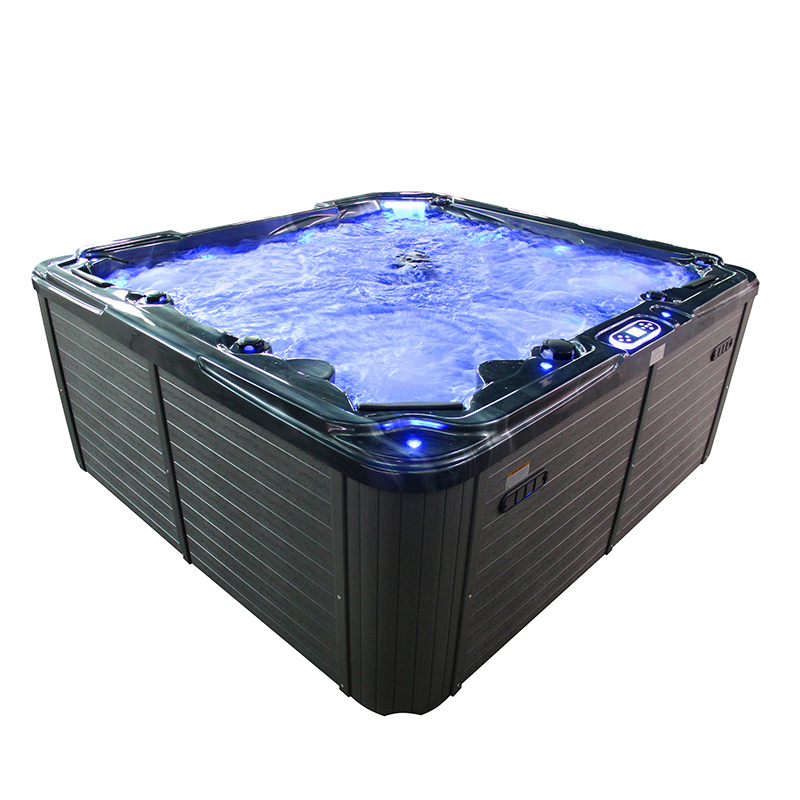For those residing in regions where the winter temperatures plunge to freezing, the allure of soaking in a hot tub amidst a snowy landscape is undeniable. There’s nothing quite like the relaxation and rejuvenation that a hot tub offers, especially during the colder months. Whether you’re enjoying a peaceful soak alone or hosting a cozy gathering with loved ones, your outdoor spa becomes a haven during winter.
But what if you don’t plan to use your hot tub during the chilly season? Whether you’re heading to warmer climates for a few months or simply want to ensure that your spa stays protected from the harsh winter elements, knowing how to winterize your hot tub is key. Proper winterization not only protects your tub from damage but also ensures that it’s in pristine condition when you’re ready to enjoy it again.
This guide provides step-by-step instructions for winterizing your hot tub, highlighting crucial steps to ensure the longevity of your spa, even during the coldest months. From draining the water to using the correct antifreeze, we’ve got you covered. Let’s dive in!
1. Why Winterize Your Hot Tub?
As the winter chill sets in, some hot tub owners may opt to winterize their spas to avoid the risk of freezing temperatures damaging the components. Here’s why winterizing your hot tub is a good idea, especially if you don’t intend to use it for an extended period:
- Preventing Frozen Pipes and Components: Water in the pipes, jets, and other parts of your hot tub can freeze and expand, leading to cracks or breakages. Winterizing ensures that these components are thoroughly drained, protecting them from freezing damage.
- Protecting Your Heater and Pump: When left running without attention during a deep freeze, the heater or pump can malfunction, causing costly repairs. Proper winterization ensures these components remain intact and functional.
- Avoiding Unwanted Bacteria Growth: Even if a hot tub is not in use, stagnant water can develop bacteria and algae. Winterizing your hot tub ensures that it’s completely clean and safe for when you decide to fire it up again.
- Preserving the Spa’s Lifespan: The freezing and thawing cycles can put a strain on your hot tub over time. Winterizing your spa can reduce wear and tear, prolonging its service life.
2. Should You Winterize Your Hot Tub?
Whether or not you need to winterize your hot tub largely depends on your plans for the winter. If you intend to use your spa throughout the season, it’s best to keep it operational and monitor water levels regularly. However, if you’re going to be away for an extended period, or you don’t plan to use it, winterizing is highly recommended.
When to Winterize Your Hot Tub:
- If you plan to leave for vacation or be away for an extended time, winterizing your hot tub can save you from potential maintenance headaches.
- If you live in an area with freezing temperatures and you won’t use the spa during the colder months, it’s best to winterize it to avoid damage.
When to Keep Your Hot Tub Running:
- If you’re going to be home for most of the winter and intend to use your spa regularly, you should keep it running to maintain proper water chemistry and temperature.
- If you plan to be away for only a week or two, you can reduce the temperature to a low setting and ensure that the water stays heated to prevent freezing.
3. Steps for Winterizing Your Hot Tub
Winterizing your hot tub involves draining the water, cleaning the components, and protecting the system from freezing. Here’s a detailed breakdown of the process:
Step 1: Gather Necessary Equipment
Before you begin, ensure you have the following tools and materials:
- Wet/Dry Vacuum: This is essential for removing residual water from the pipes, jets, and other hidden parts.
- Garden Hose: Used to drain the water out of your hot tub.
- Absorbent Towels: For wiping up any remaining water.
- Propylene Glycol Antifreeze: Essential for preventing water in the pipes from freezing. Avoid using car antifreeze (Ethylene Glycol) as it is toxic.
- Funnel: Helps pour antifreeze into tight spaces.
- Cover and Securement Materials: A well-fitting cover and tarp will help protect the tub from snow and debris.
Step 2: Turn Off the Power
Before draining the hot tub, turn off the power supply to the spa. This prevents any accidental damage to the heater or pump during the winterizing process.
- Locate the GFCI breaker at your spa’s electrical panel and switch it off.
- If you’re unsure how to do this, consult your owner’s manual or contact your hot tub dealer for guidance.
Step 3: Drain the Water
Now it’s time to drain the water from the hot tub:
- Attach a garden hose to the drainage valve and allow the water to flow out. If you own a sump pump, you can use it to speed up the process.
- Be patient, as this step may take a while. After most of the water has drained, use the wet/dry vacuum to remove the remaining water from the spa, jets, and filter standpipes.
Step 4: Remove and Clean the Filter
Once the majority of the water is drained:
- Remove the filter cartridges from the hot tub.
- Clean them thoroughly and store them in a warm, dry place until you’re ready to use the tub again.
Step 5: Use the Wet/Dry Vacuum to Remove Remaining Water
Even after draining, some water may remain hidden in the jets, pipes, and filter standpipe. To avoid freezing:
- Use your wet/dry vacuum to blow or suck out any leftover water from these areas. Follow the manufacturer’s instructions to locate all the parts that may contain water.
Step 6: Add Antifreeze to the System
Once the water has been drained, it’s time to add antifreeze to prevent any remaining moisture in the pipes from freezing.
- Pour a small amount of propylene glycol antifreeze into the jets, filter standpipes, and any other openings where water may remain.
Step 7: Clean the Spa Shell
Use a clean towel to wipe down the interior of the hot tub and remove any residual moisture. This ensures that there’s no mold or bacteria buildup in the tub while it’s not in use.
Step 8: Reinstall the Drain Plug and Replace the Cover
- Reinstall the drainage cap to ensure no water can enter the tub.
- Place the hot tub cover back on the spa and secure it tightly. To protect it further, consider placing plywood on top of the cover to prevent the weight of snow from damaging it. Cover the entire spa with a durable plastic tarp.
Step 9: Store Accessories Indoors
Finally, store any accessories, like the remote control, outside filters, or other electrical components, in a safe, dry place until your return.
4. Additional Tips to Ensure Winter Protection
- Check Your Hot Tub’s Manual: Consult your hot tub’s user manual for specific winterization instructions. Different models may have unique requirements.
- Winterize Early: Ideally, winterize your hot tub before temperatures drop significantly. Late fall is the perfect time to get the process done, ensuring your spa is ready before freezing weather sets in.
- Professional Winterization: If you’re uncertain about doing the winterizing yourself, hire a professional to ensure it’s done correctly. Most hot tub dealers offer this service, and it’s worth the investment for peace of mind.
5. FAQs About Winterizing a Hot Tub
1. How often should I winterize my hot tub?
If you live in an area with harsh winters and plan on leaving your hot tub unused, winterizing it annually before the freezing temperatures set in is essential. However, if you plan to use it throughout winter, you may not need to winterize it.
2. Can I use car antifreeze to winterize my hot tub?
No. You should only use propylene glycol antifreeze for hot tubs, as car antifreeze contains ethylene glycol, which is toxic and unsafe for spas. Propylene glycol is safe for hot tubs and won’t harm the water or plumbing system.
3. Can I keep my hot tub running during winter without winterizing?
Yes, you can keep your hot tub running throughout the winter months. Just ensure you monitor the water chemistry and adjust the temperature if necessary. However, if you’re going to be away for an extended period, winterizing your spa is recommended to avoid any issues with freezing.
7. סיכום
Winterizing your hot tub is a crucial step in protecting your investment from the ravages of freezing temperatures. Whether you’re heading south for the season or simply not planning to use your spa for a while, following the correct procedures can ensure your hot tub remains in excellent condition. With proper winterization, you can rest assured that your spa will be ready to use when the temperatures warm up again.
Remember to consult your hot tub’s manual, use safe antifreeze, and take your time during the process. If in doubt, don’t hesitate to hire a professional to handle the winterizing for you. Stay warm, stay safe, and enjoy your hot tub season after season!

